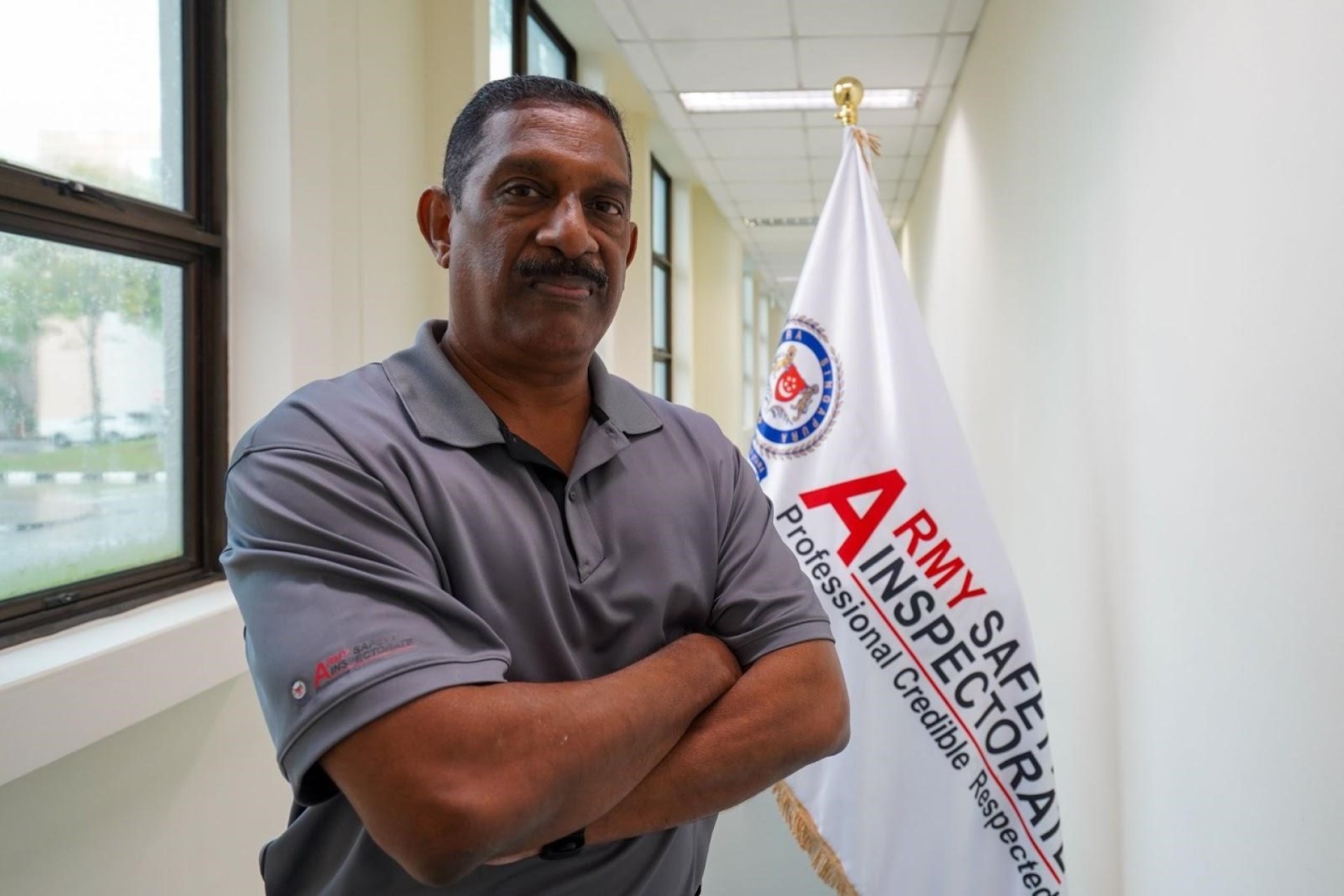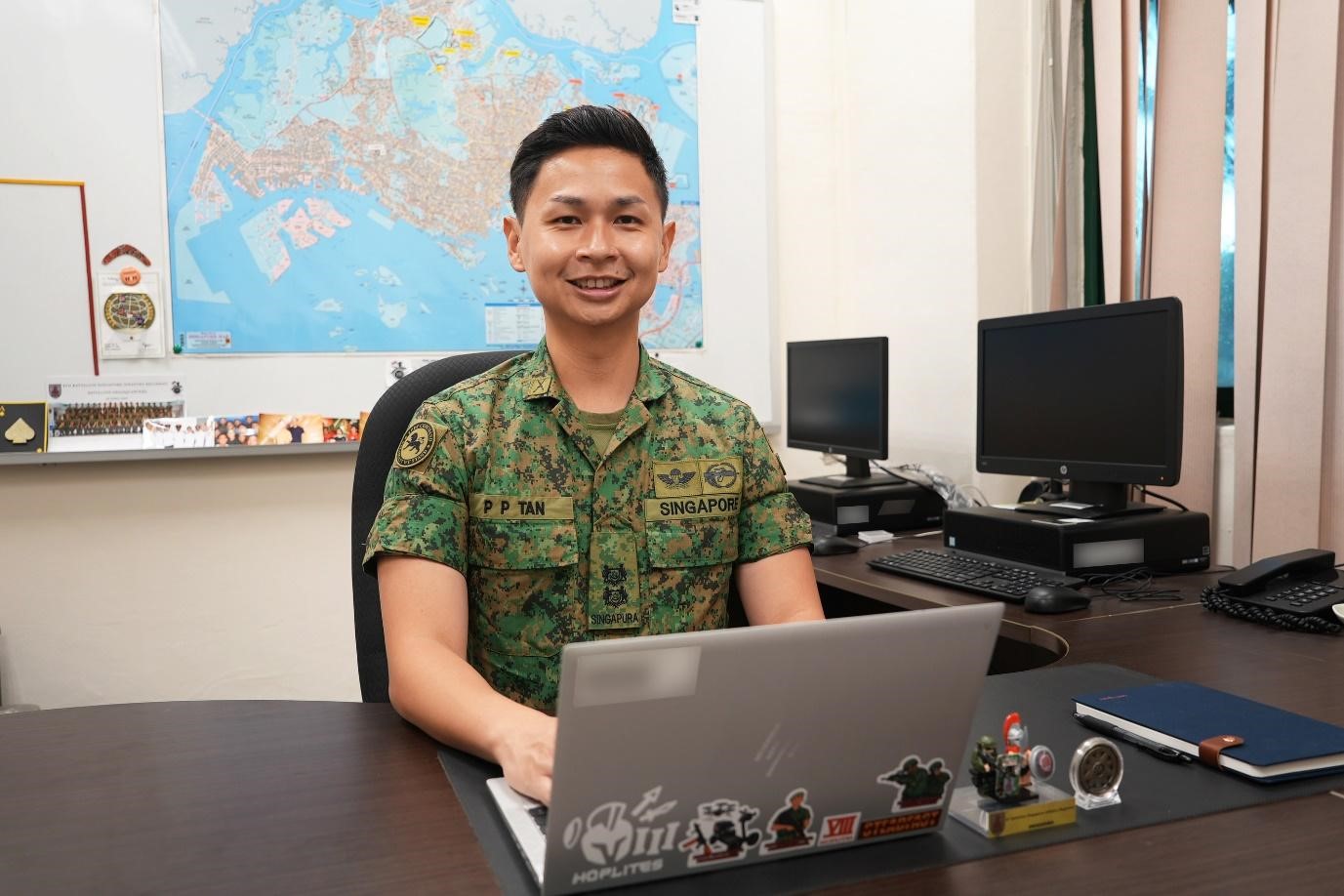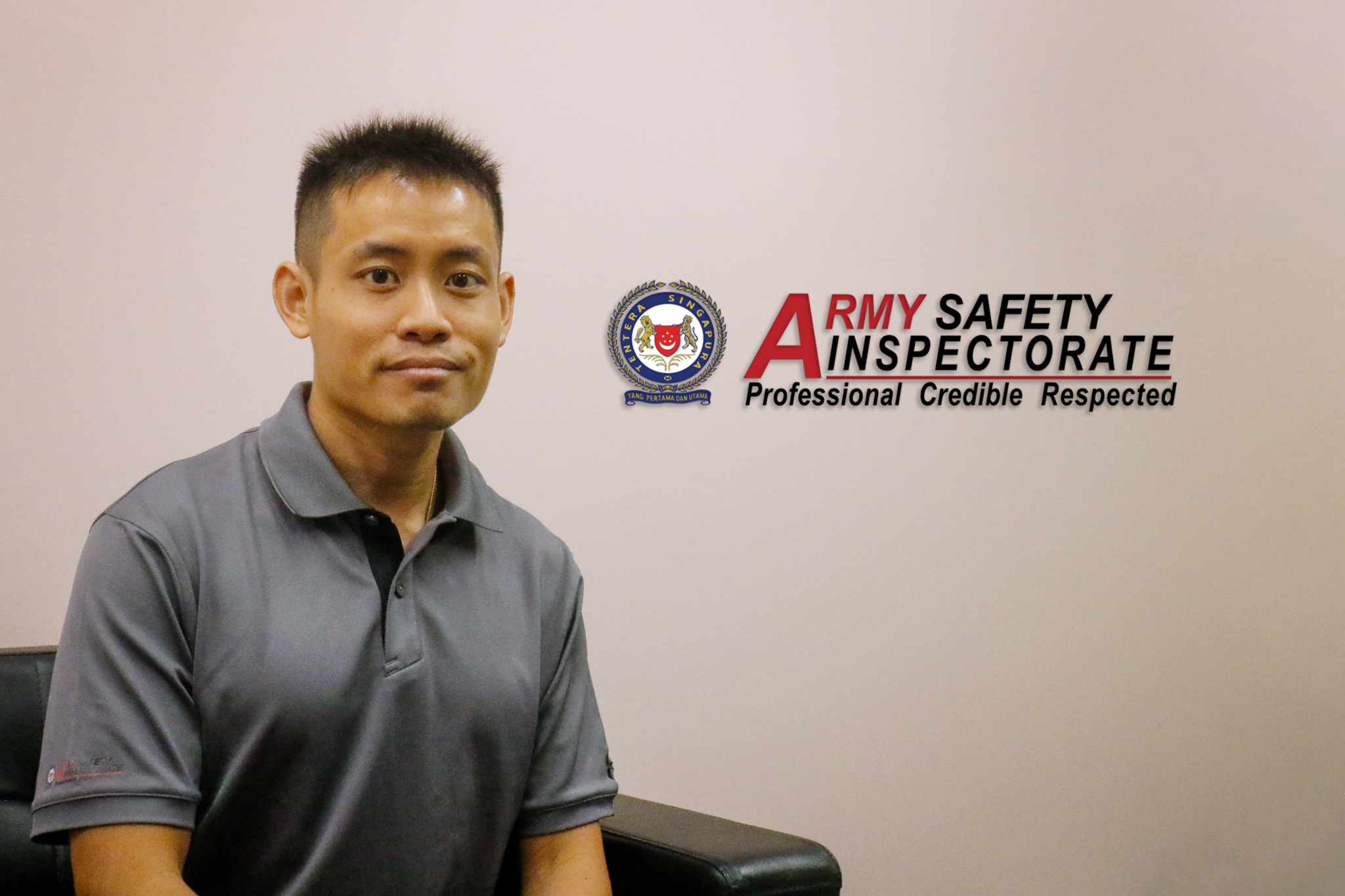
 Have You Met: Hd ASTRO - LTC Jimmy Chan Wen Huan
Have You Met: Hd ASTRO - LTC Jimmy Chan Wen Huan
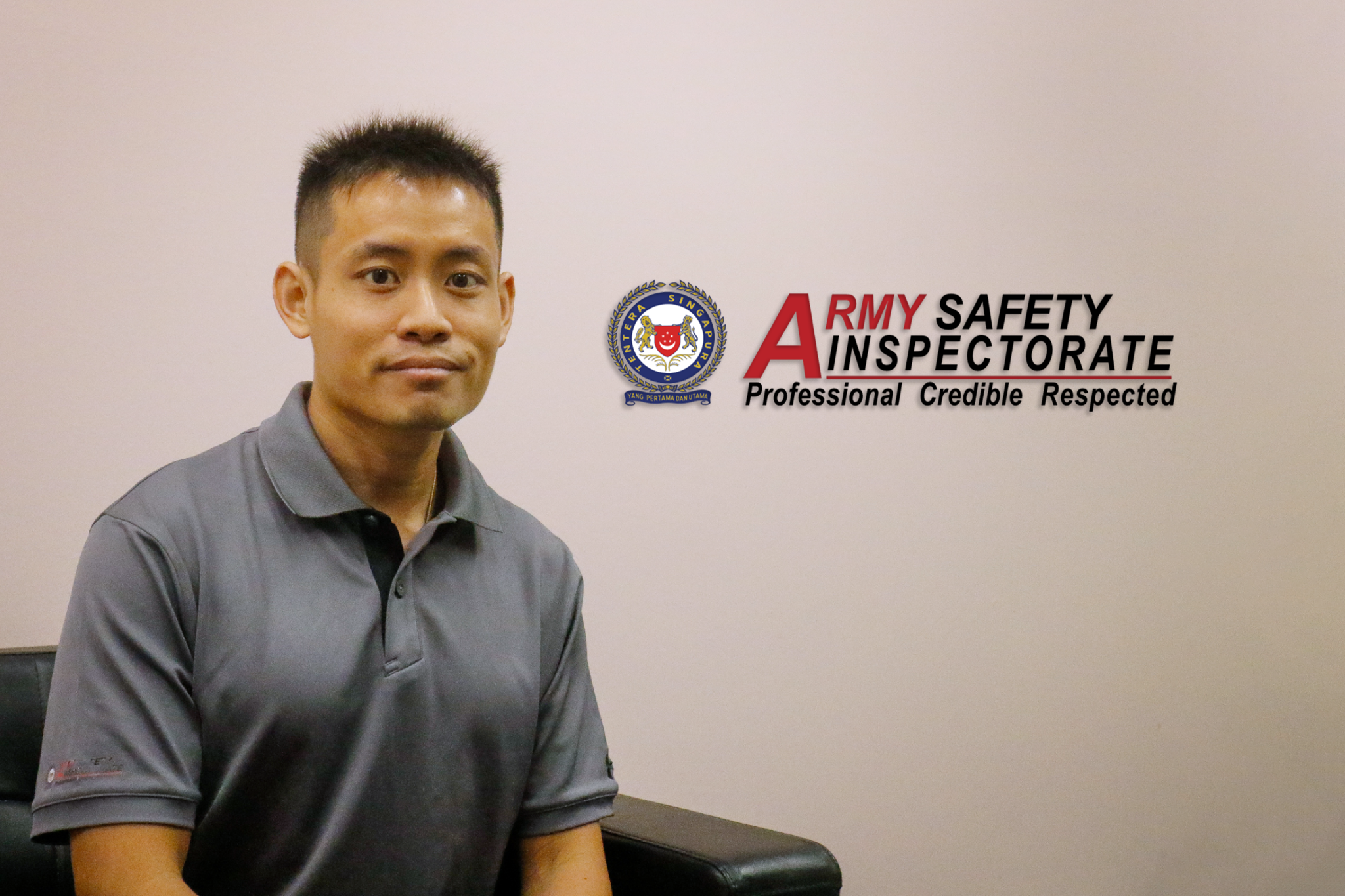

This week, we spoke to Lieutenant Colonel (LTC) Jimmy Chan Wen Huan, Head of Army Safety Technology and Research Office (ASTRO), Army Safety Inspectorate (ASI).
Before his current role, he served as the Commanding Officer of a Training Centre. His experience in training has given him valuable tactical and operational insights that textbooks and theories alone can't provide.
He has spent a considerable part of his career with ground units, which has enabled him to better understand how processes and policies can be applied effectively down to the level of the individual soldier.
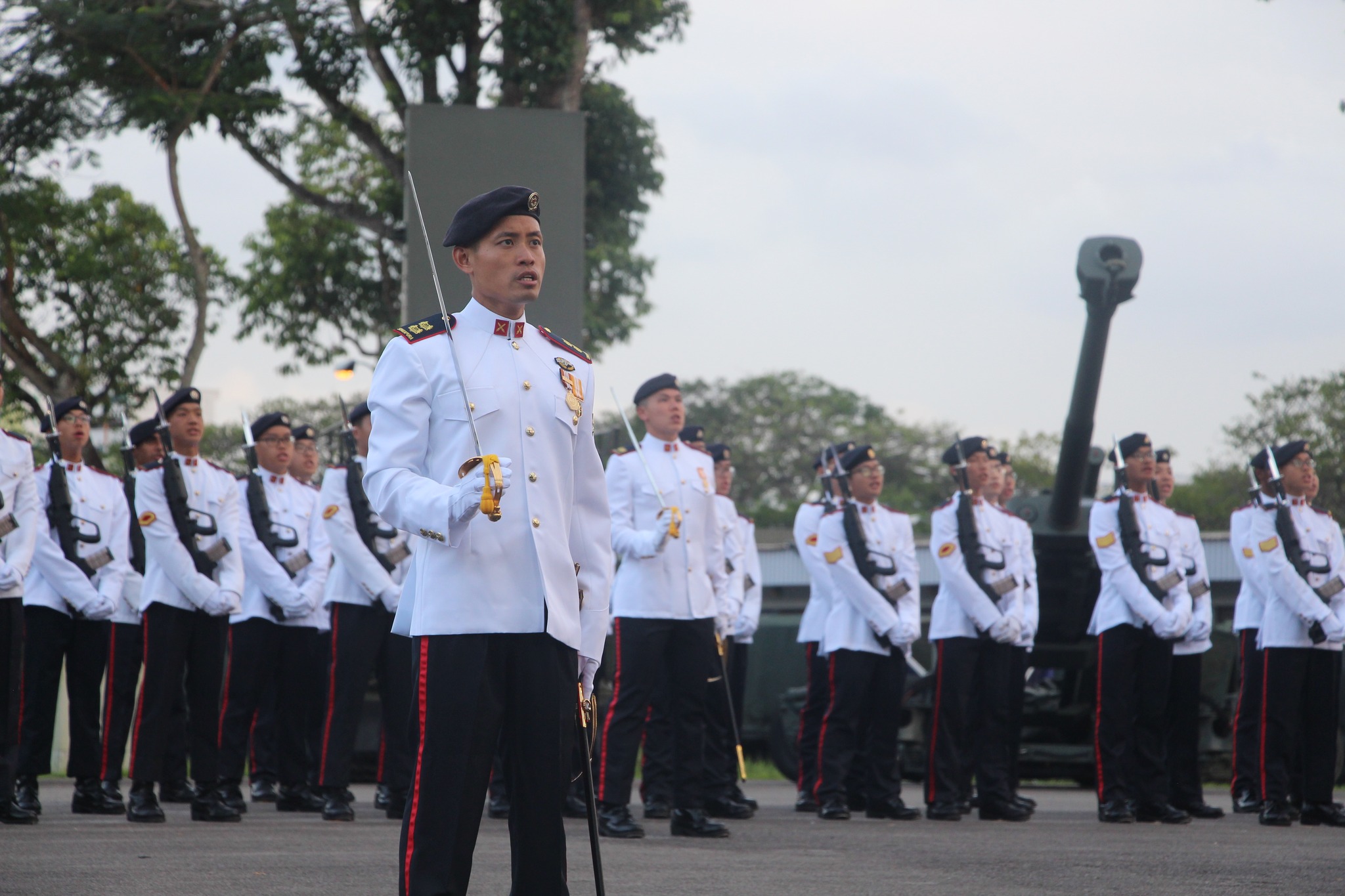
LTC Jimmy when he was Commanding Officer (CO), Artillery Unit Training Centre (AUTC), Artillery Institute.
What is the role of the Army Safety Technology Research Office (ASTRO)?
Our Army is taking a proactive and forward-thinking approach to prevent incidents. According to the Predictive Analytics Value Chain, the most valuable and competitive stage is pre-emptive interventions. If we can consistently stay ahead of incidents and prevent them from occurring in the first place, our Army's safety will be greatly enhanced.
The Army Safety Technology and Research Office looks into developing capabilities to enhance safety in the Army. We actively identify suitable technologies through horizon scanning. This is essentially what ASTRO is all about - to make safety exceptional with technology.

In relation to training safety, then-MAJ Jimmy developed an application where trainers are able to access important training safety regulations and operating materials anytime and anywhere. The application is also armed with a Chatbot and Augmented Reality features to help trainers customise interactive training for the soldiers.
Why is it important for us to use technology to reinforce our safety systems?
Following the National Institute for Occupational Safety and Health (NIOSH) Hierarchy of Control protocol, engineering controls are the most effective in preventing and reducing risks. In a 2022 study, 77% of injuries were linked to human factors. To strengthen our safety system, we implement engineering controls through the use of technology to assist our soldiers in identifying potential risks, so that the necessary mitigating actions could be taken. However, it is still important to strike a balance, as relying solely on technology is not practical.

The Networked Automated Wet-Bulb Globe Temperature (WBGT) System (NAWS) enables real-time monitoring of the heat stress level and work-rest cycles.
What are some challenges you faced as Hd ASTRO?
Our office's main challenge is that most of the existing technology has reached a plateau. To achieve groundbreaking results and performance improvements, we need to focus on emerging technology, which still needs to be fully developed or established. This requires collaboration with industry experts, academic institutions, and government agencies with expertise in these fields to co-create solutions that align with our desired outcomes. We should also explore global opportunities beyond Singapore.
A fitting icon for our office, ASTRO (Army Safety Technology and Research Office), is the ASTRO Boy from a Japanese manga. In the story, ASTRO Boy, a humanoid created by a Professor, possesses unprecedented capabilities during its time, far beyond what was previously imagined in science and technology. Similarly, ASTRO ASI aims to become a highly successful office that brings about game-changing impacts beyond imagination for our soldiers and the Army, particularly in the realm of safety.

LTC Jimmy monitoring the in-house developed system that utilises AI-enabled video analytics to (1) detect the presence of personnel and account for the corresponding number of personnel entering and exiting the restricted zone; (2) identify personnel entering the restricted zone without PPE such as helmets, and (3) provide situational mapping of human movement and audio/visual alerts at the Range Control Room.
Are there any ongoing projects that you could share?
In our pursuit of being pre-emptive, we have partnered with the Safety and Resilience Research Unit (SaRRU) at the National University of Singapore (NUS) to develop the Army Safety Predictive Model. This model uses data-driven insights as an early warning system to anticipate potential weaknesses in safety systems for both units and soldiers.
We have also created a system that utilizes AI-enabled video analytics to detect and notify units of unsafe behaviors during live firing exercises on ranges. Research has indicated that incidents tend to occur when a sufficient accumulation of unsafe behaviors takes place, as suggested by the Heinrich Safety Triangle Theory. To prevent incidents and injuries, we aim to observe and address these unsafe behaviors before they escalate into serious incidents.
To be proactive in ensuring safety, we've implemented automation in the form of an end-to-end digital solution for Heat Stress Monitoring using the Networked Automated WBGT System (NAWS). This automation improves the administration of work-rest cycles and establishes a pipeline for data mining, climate tracking, and heat stress research. This data-driven approach allows us to make science-based decisions to protect our soldiers from heat-related issues.
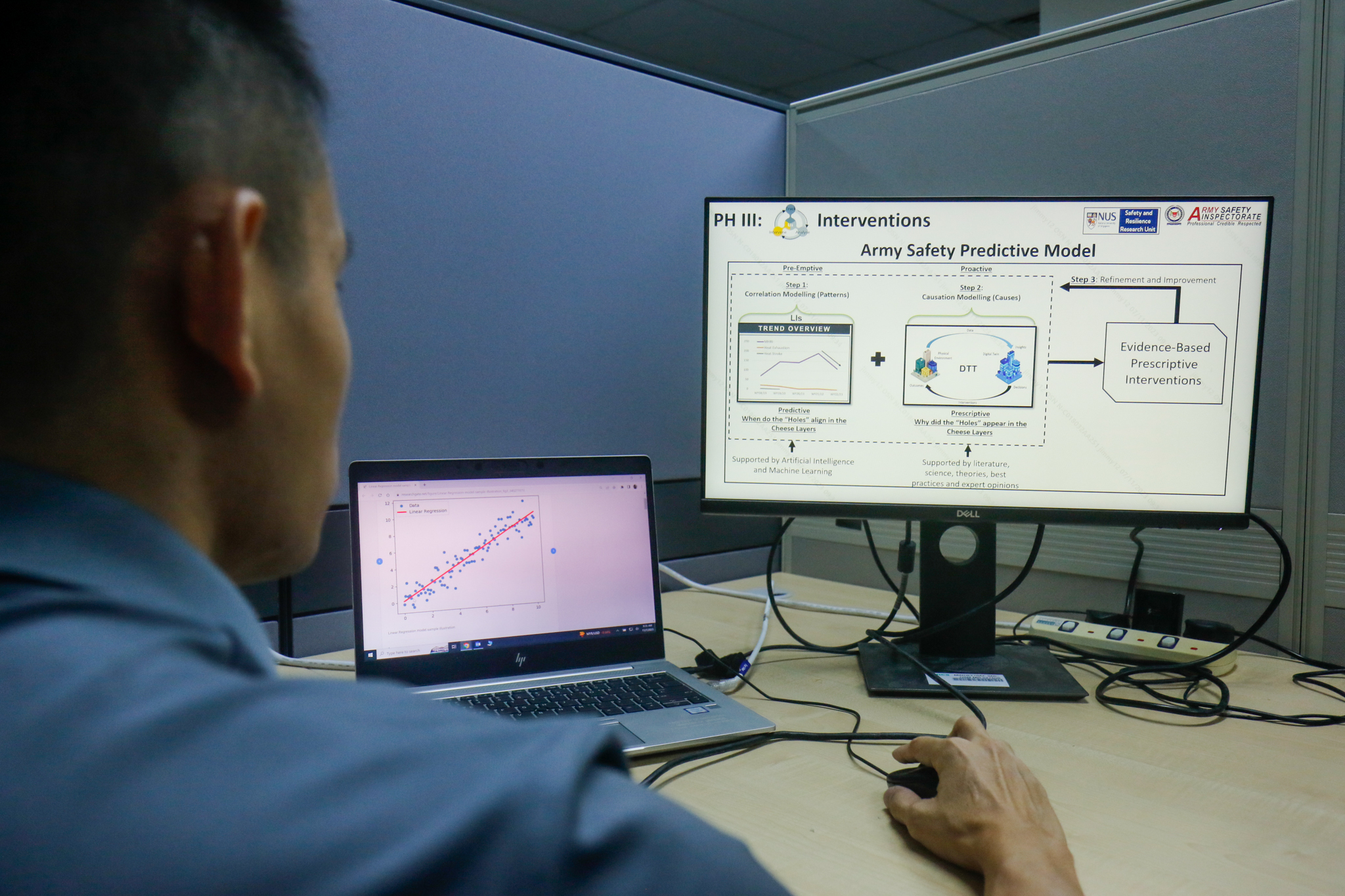
LTC Jimmy looking through the Army Safety Predictive Model (ASPM) developed together with the Safety and Resilience Research Unit (SaRRU) at the National University of Singapore (NUS).
Lastly, what motivates you?
Every day, I ask myself these questions: What if safety doesn't have to be something that is cumbersome?
What if safety can be embedded in every part of our soldiers' lives, be it in administration, training, or missions?
What if safety doesn't have to be an instruction but an intuition?
I take it upon myself, and my branch that we will always work towards that day. That every soldier will always go home safely.
✍🏻: LCP Andre Lim (Army News)
📷: PTE Javier Yeo (Army News)
